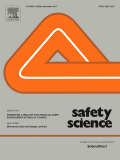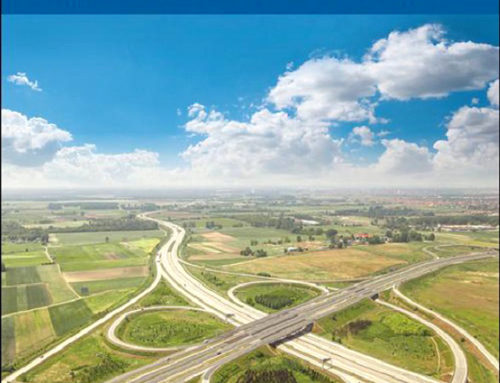
A paper titled “Spatial predictions of harsh driving events using statistical and machine learning methods” authored by Apostolos Ziakopoulos, Eleni Vlachogianni, Constantinos Antoniou and George Yannis is published in Safety Science. Spatial models including Geographically Weighted Poisson Regression, Bayesian Conditional autoregressive models (CAR), and variations of EXtreme Gradient Boosting (XGBoost) are implemented. The purpose is to: (i) explore parameters affecting frequencies of harsh driving events through causal spatial models in an urban road network and (ii) assess the predictive performance of models by testing the transferable components of these models in a new urban network test area. The models are trained and evaluated in terms of accuracy and transferability for Harsh Breaking (HB) predictions in separate areas of Athens, Greece. Findings indicate key geometrical characteristics affecting HB frequencies per road segment. ![]()

















































































































































































